15 Interesting Facts About Machu Picchu and One About Llamas
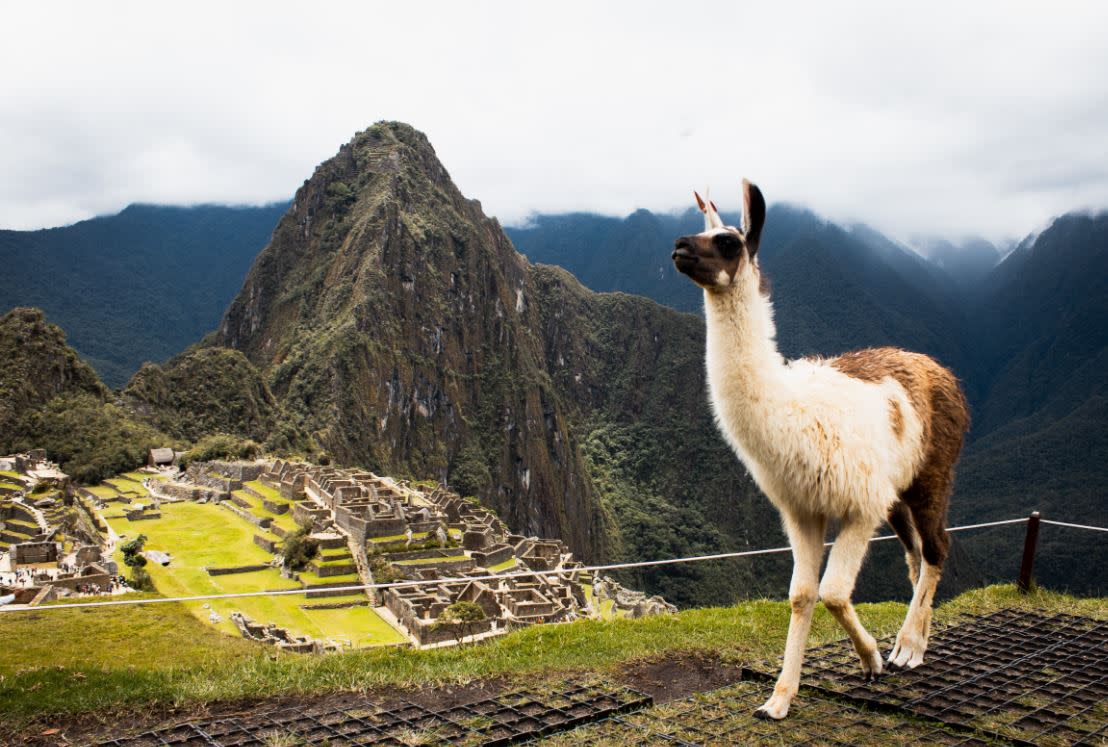
The charm of Machu Picchu has been appreciated by many for years, making it a well-known tourist destination in South America. Many know the destination simply by its most popular inhabitant, the llama. The cultural and historic importance of Machu Picchu is lesser known by its visitors but is of critical importance for the city to be fully appreciated.
If you plan to visit Peru, these 16 interesting facts (listed from commonly known to least known) about Machu Picchu may increase the quality of your trip and even encourage you to make a few extra stops along the way.
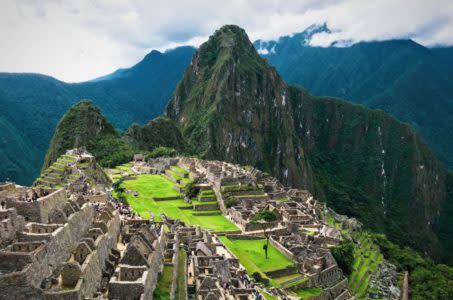
16. The Name and Meaning of Machu Picchu
The name Machu Picchu translates to ‘old mountain’ or ‘old peak’ in the Quechua language. Quechua was the language of the Inca Empire and is still spoken by about eight million people. It is also currently the most spoken indigenous language in the Americas.
15. The City in the Clouds
The city is located in a cloud forest in the mountains. Machu Picchu is located between the Andes mountains and the Amazon rainforest, so the weather is unique and produces a very lush and misty climate even though nearby areas are dry and plain.
14. How Elevation Helped Preserve the Archaeological Site
The city is an incredibly important archaeological site that has been protected by its mountainous elevation. Machu Picchu was somewhat secluded due to its location and, as a result, evaded attention from traveling conquerors. There were conquistador attacks that sporadically occurred during the time, which the city would have evaded because of the high elevation.
13. Machu Picchu was a Huge Empire
The Inca Empire was one of the largest empires in pre-Columbian America and lasted from 1483 to 1533. In the 16th century it reigned as one of the largest empires in the world and remains the largest native state in the western hemisphere.
12. Transportation to the Ruins
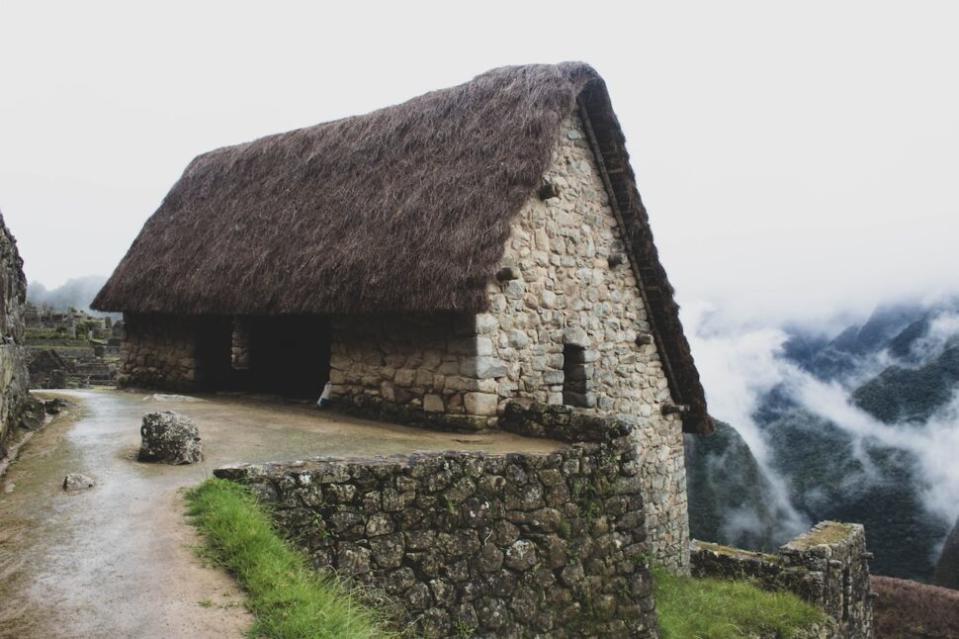
There are only two ways to get to the mountainous ruins. Since the ruins are in a remote location, travelers either have to take a train from Cusco, which drops people off at the base of the mountain then take the bus, walk or hike the Inca trail. The 26 mile trail to Machu Picchu is lined with camp sites for visitors (government subsidized areas of land owned by local families) and local venders, so the trail can be leisurely hiked.
11. Machu Picchu is Internationally Protected
In 2007, Machu Picchu was declared one of the new Seven Wonders of the World. The selection process includes more than 100 million people from around the world voting online. On top of this recognition that was announced by the New Open World Corporation (NOWC), Machu Picchu has been a United Nations Educational, Scientific and Cultural Organization (UNESCO) world heritage site since 1983. This means in the event of a natural disaster, war, pollution or funds deficiency that leads to a site’s deterioration, nations that signed the treaty are committed to assisting with emergency aid.
10. Machu Picchu is the Lost City that was Never Lost
Although Machu Picchu is commonly referred to as the “Lost City of the Incas,” it had people living in the area, so it was well known. It is also technically a citadel located on a mountain ridge, so its coined name is inaccurate.
9. The Construction of the Ruins is Seemingly Otherworldly
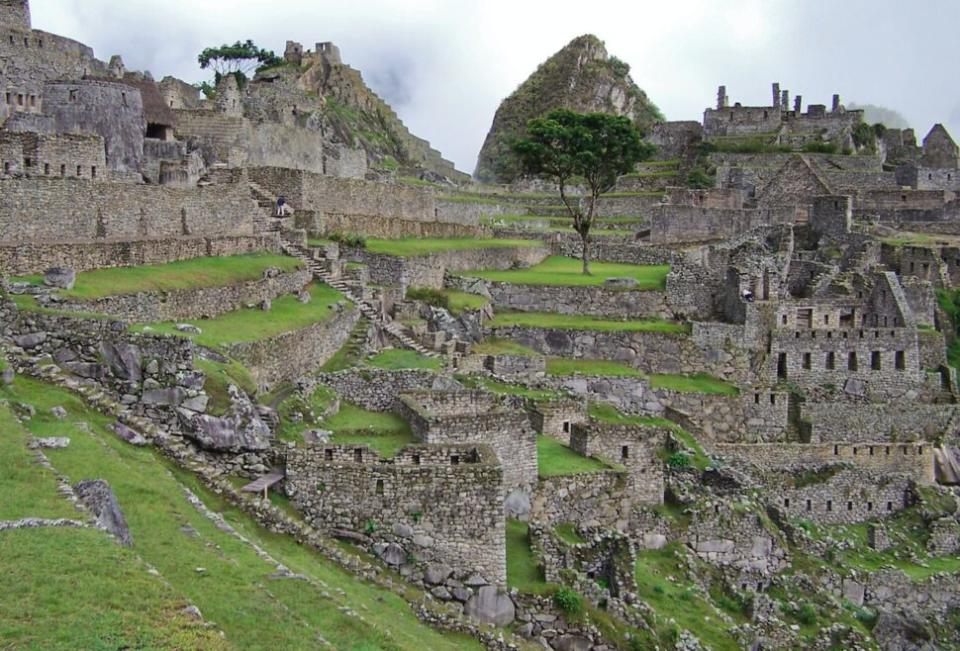
The Incas did not use any mortar to construct Machu Picchu. It was completed with the ashlar technique, which is the process of cutting stones with extreme precision so that they stack on one another with no room in between them. The ashlar technique and the carefully shaped doors, windows and walls of Machu Picchu buildings make it practically earthquake proof. Peru has high seismic activity so this was an impressive architectural technique for the time. Because of this innovation, many people think that extraterrestrial beings played a hand in its construction.
8. The Complex Architecture of the Ancient Ruins
Machu Picchu is made up of more than 150 buildings. The site, which was built around A.D. 1450, could maintain about 500 to 750 people. This was a relatively small build for the Incas. Two architecturally significant features of the ruins are the rectangular ground plots made for houses (which are an early representation of modern building techniques) and the drainage system, which still works today and carries heavy rainwater through little channels underneath the buildings.
7. Helicopters are Prohibited Near Machu Picchu
To protect wildlife, endangered species and to preserve the ruins, there is a no fly zone above Machu Picchu. As another conservation effort, there is a limit on the number of visitors per day (which is capped at 2,500) and a one-way walking system through the hiking trail.
6. Scholars Do not Know What Machu Picchu’s Purpose Was
Historians still debate what the purpose of the citadel was because Incas did not have written language and therefore it was not recorded. There are many theories regarding the use of Machu Picchu to this day. Some common theories include that it was a royal estate for an emperor, religious site (due to its high elevation) or served a multitude of purposes.
5. The 100 Year Dispute Between Yale University and The Peruvian Government
Yale professor Hiram Bingham made the western rediscovery of the ruins in 1911 with the help of local farmers. As a result of this discovery, there was a 100 year dispute about artifacts taken from Peru by professor Hiram and his excavation team. The artifacts were the cultural property of Peru and included objects like human remains, ceramics and jewelry. Finally, in 2012, after settling the contractual dispute, Yale returned the artifacts to the Peruvian government.
4. There are No Information Posts on the Machu Picchu Hike
As an attempt not to clutter the site, there is virtually no information about Machu Picchu at the actual site. To get to the Museo de Sitio Manuel Chávez Ballón, which provides historical context about the ruins, visitors must take a 30 minute walk down a dirt road near the base of the mountain.
3. The Incas’ Disappearing Act
The Incas mysteriously abandoned Machu Picchu around 1572, even though it would have been nearly inaccessible for conquerors due to its location. Although Spanish conquistadors eventually ended the Inca Empire, the site was abandoned before that time, so the people’s disappearance remains unclear to scholars.
2. The Foreign Grazers Of Machu Picchu
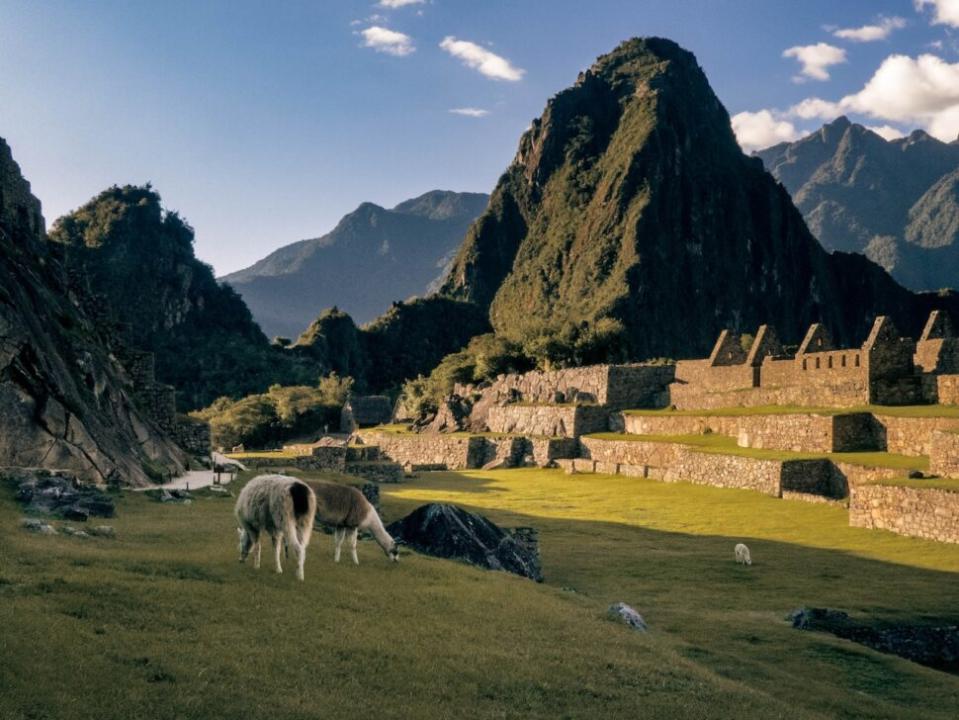
Llamas are large mammals (weighing anywhere from 290 to 440 pounds at full adult size) related to camels. They are often pictured photo bombing visitors in front of Machu Picchu. The Incas valued them for their wool and nutrient rich poop that was used as crop fertilizer. But, surprisingly, llamas aren’t native to this area in Peru, they were actually brought in specifically for tourism. The preferred habitat of llamas (and alpacas) is evident in their preferences for altitude. Generally, they prefer altitudes of 13,000 feet and above and Machu Picchu’s altitude is just under 8,000 feet.
1. Leonardo Da Vinci Could Have Visited Machu Picchu
Although the height of the Incan Empire may seem like an extremely old time period, it was actually not that long ago. Leonardo Da Vinci painted the Mona Lisa during the height of the Incan Empire, around 1503-1506, and Machu Picchu was built around 1450. This may surprise some, since not many historical reference points are provided when discussing the significant advancements of the Inca people.

